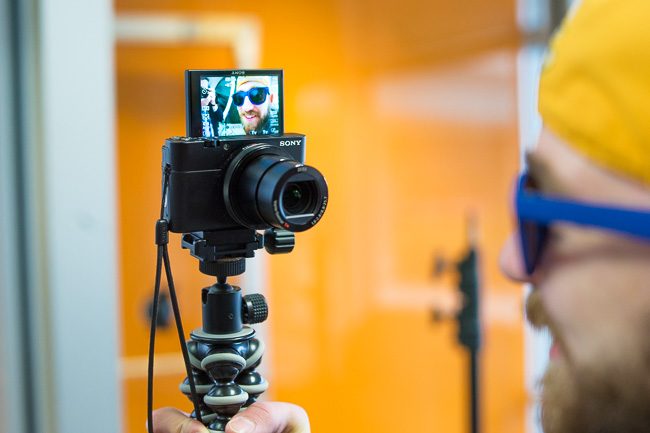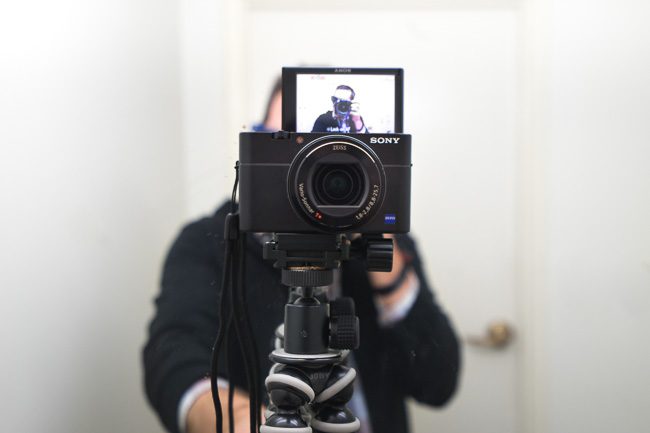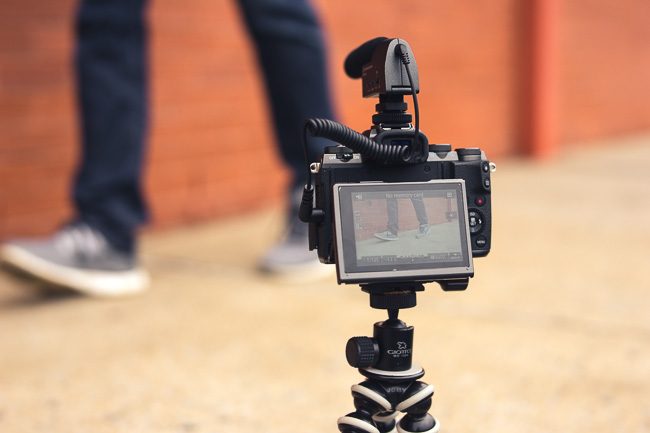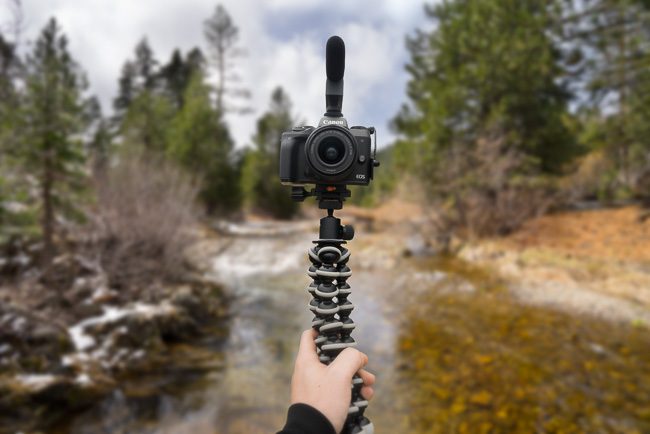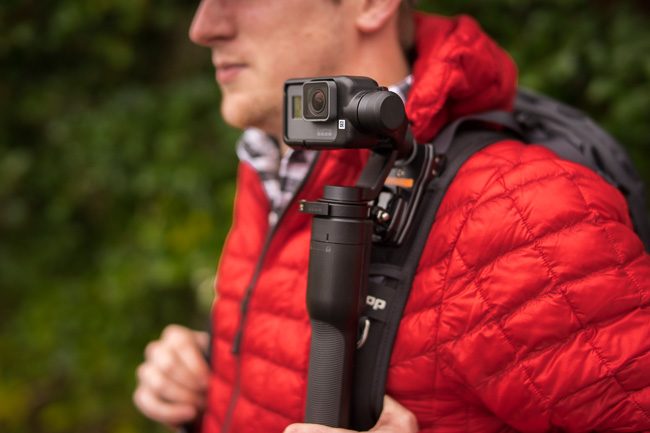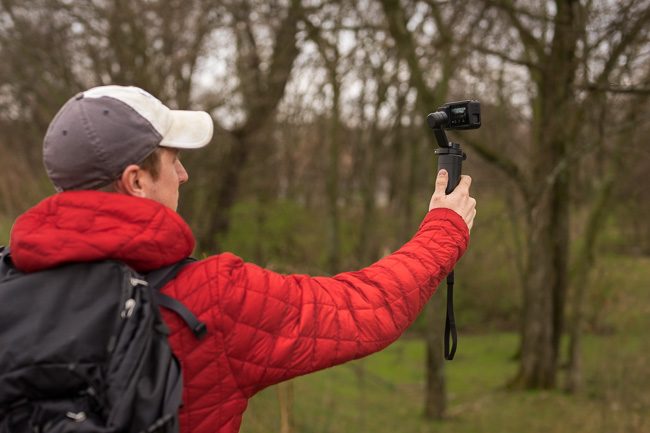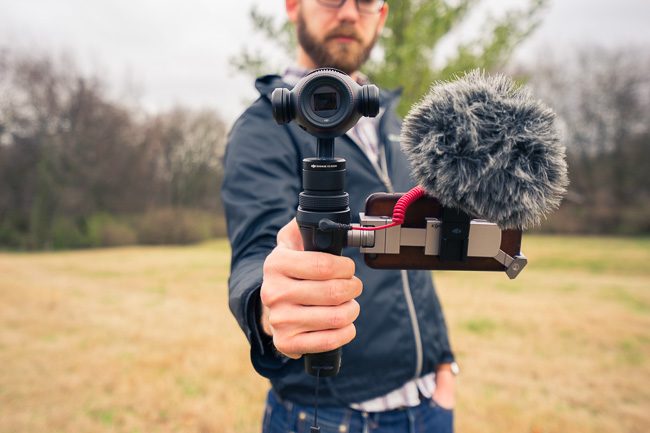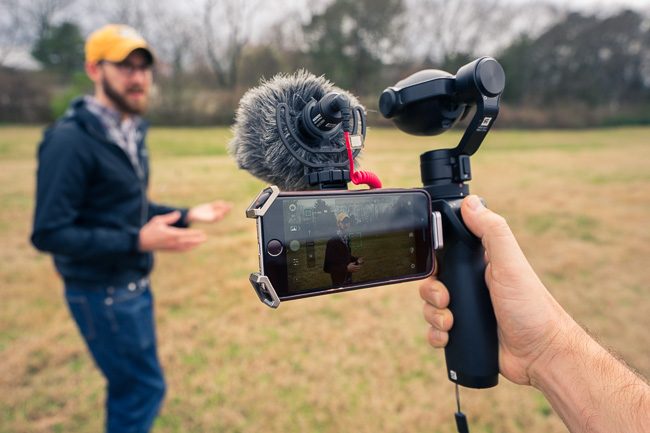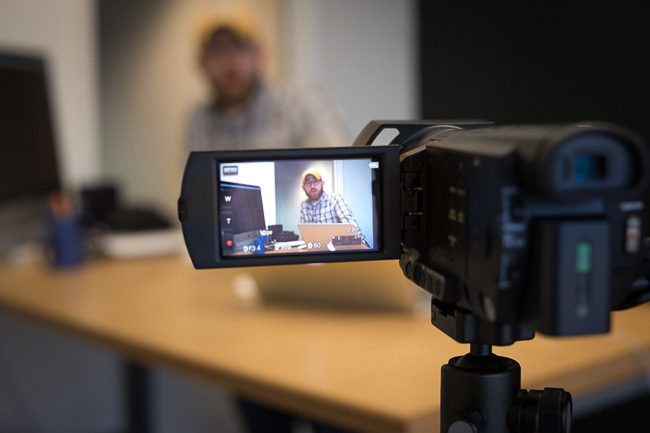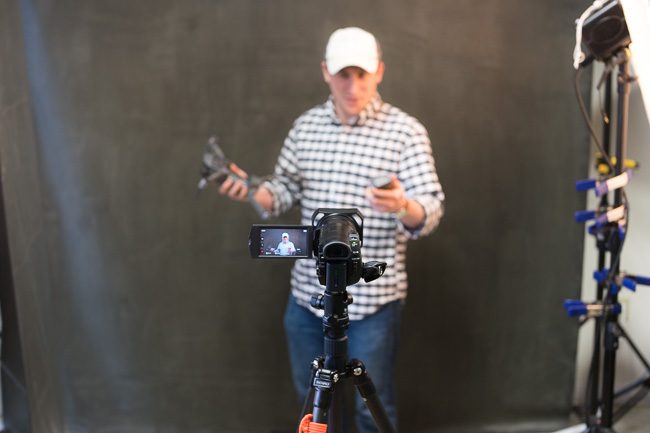Equipment
The Five Best Vlogging Camera Systems for 2017
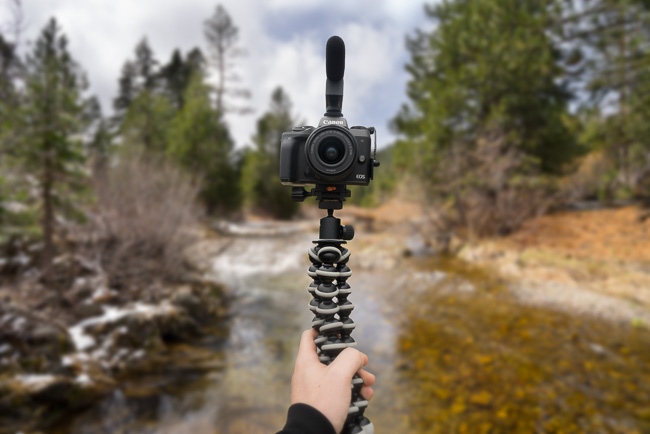
Over the last few years, Vlogging has taken the world by storm, with filmmakers like Casey Neistat and Jesse Wellens highlighting this new way to tell stories, in condensed, routinely released videos. With vlogging becoming exceedingly more popular on YouTube, generating millions of views each day, we’ve been getting plenty of questions about what would work best as a vlogging system for daily use.
While virtually any digital camera these days has video capabilities adequate to create useable content for YouTube, the feature sets of some cameras allow them to be more up to the task. For that reason. I decided to put together a list of systems I’d best recommend for anyone who wants to try their hands at vlogging. Here are my top 5 recommendations for rigs to help people succeed in their vlogging goals.
Sony Cyber-Shot RX100 V
This little guy is a powerhouse of function that can fit in your pocket. With its small design and feature heavy focus, the Sony RX100 is a perfect companion camera that works great as a small and powerful vlogging system.
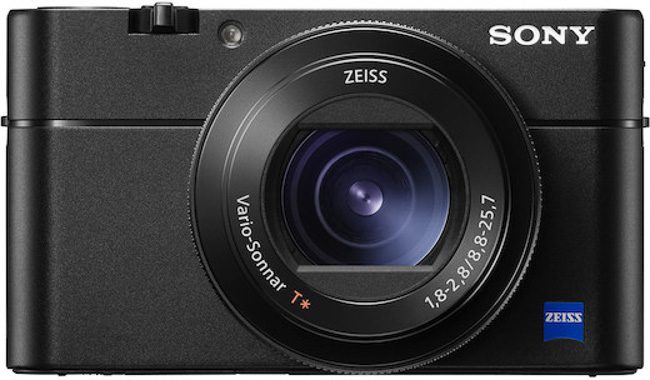 Top features
Top features
- A flip up screen that allows you to see yourself while you record. It helps to make sure you are in focus and framed properly while you shoot.
- Optical image stabilization to help with vibrations. This is crucial if you’re going to be moving the camera a lot. Nobody likes watching a shaky video.
- Slow motion HD video up to 960fps. This is a great option for adding smooth or interesting B-roll to your final video.
- A 24-70mm zoom lens for flexibility. You can shoot close or far away and change back and forth very quickly.
- A fast f/1.8 maximum aperture for better low-light shooting or if you want to achieve shallow depth of field look.
Cons
- No microphone input. Although it has stereo microphones built in, they tend to pick up too much wind, room, or background noise to get great results. I like to record audio using my iPhone and a Rode smartLav+ Lavalier and then just sync the audio and video together on the computer when I edit.
- No hot shoe mount. There isn’t exactly a great way to attach any accessories such as a small light.
Best for
People who want to have a great camera with them at all times so that they can always be shooting. The small form factor makes it very convenient to use plus it’s a fantastic stills camera as well.
Another similar camera that is worth mentioning is the Canon PowerShot G7 X Mark II
Canon EOS M5 Mirrorless
Canon’s flagship mirrorless camera gives you all the familiar bells and whistles from their larger DSLRs in a new, more compact package.
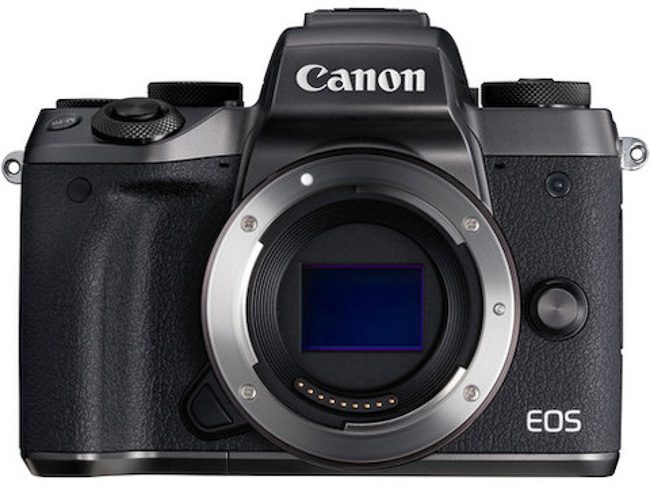
Top features
- An advanced Dual-Pixel autofocus system with adjustable sensitivity for great continuous autofocus while shooting video
- A hot shoe mount for adding accessories like a small light or the Sennheiser Compact Shotgun mic.
- Digital image stabilization in the camera that combines with the optical stabilization in all but one of the Canon EF-M lenses. The combination yields very smooth shots even when you are hand holding the camera.
- Great colors and skin tones. This is partially personal preference, but users who have previously shot video with Canon products will appreciate the familiar look of the footage.
- Comfortable ergonomics. Although smaller and lighter than most DSLRs, it fits well in your hands and the button layout works well. Bonus: it’s got a really great LCD touch screen
Cons
- The lineup of Canon EF-M mount lenses is somewhat limited right now. Although Canon makes an adapter that allows you to use any EF mount lens (which opens the doors to a lot of options), doing so really defeats the purpose of using a small form factor camera like this.
- The LCD screen rotates, but in the forward facing “selfie” mode, the screen flips down below the camera. If the camera is mounted on a tripod, the screen essentially becomes useless for anyone in front of the lens.
Best for
Anyone that is already familiar with Canon’s DSLR lineup but looking for a more compact, lightweight setup without sacrificing any of the strong video functionality of the larger cameras.
GoPro Karma Grip and HERO 5 Black
For the extreme thrills seeker in all of us (or not).
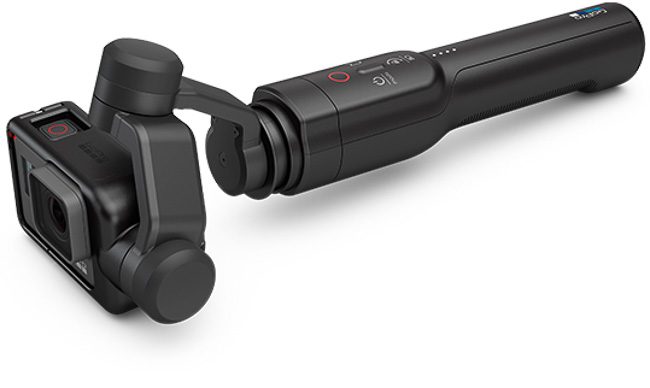
Top Features
- Combining 3-axis image stabilization with the GoPro 5’s in-camera electronic image stabilization takes care of camera movements and camera vibrations. This yields smooth shots even when you’re moving fast.
- Mountable. The Karma Grip can be attached to backpack straps, cars, bike handles, etc. giving you more options than just hand holding.
- Rugged build quality. Even for a gimbal, this thing feels really solid. If you’re on the move a lot, the last thing you want to worry about is your gear being too fragile.
- The Karma Grip and GoPro interface together for charging and file transfers so you can leave your rig built, allowing you to be setup and shooting faster.
- The Hero 5 Black is useful as a small, stand-alone action camera. You can find lots of ways to add creative content to your vlog.
Cons
- The battery for the Karma grip is internal and not interchangeable. You can’t swap it out for a fully charged one when it dies after a long period of shooting. You could use an external USB battery pack to extend your shooting time, but that’s not ideal.
- The audio on the GoPro Hero 5 Black is significantly improved over its predecessor, the GoPro Hero 4, but you’re not going to be able to rely on it for capturing consistent speech so you wouldn’t use this for any content where the dialogue is critical.
Best for
Vlogs that focus on action sports, adventure, or travel and for people that already appreciate the GoPro as a professional video tool
DJI Osmo+ 4K Zoom
New, cool, and super high-tech
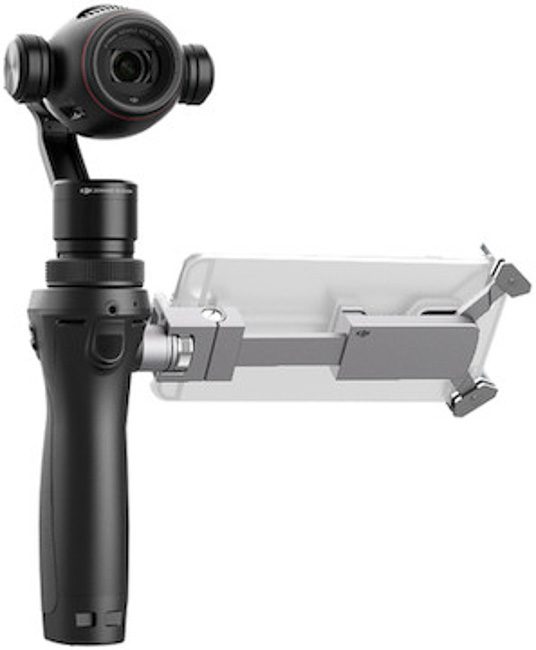
Top features
- Great image quality and very stable footage right out of the box. There is very little learning curve before you can capture professional looking content.
- A microphone input that you can combine with the Rode VideoMicro Mic for an all in one audio solution.
- Removable battery. You can carry extras to extend your shooting time as long as you want although you’ll probably have to worry about your smartphone battery life first.
- Wifi connection to your phone lets you easily share clips online almost immediately.
Cons
- You essentially are forced to use your smartphone in combination with any of the Osmo line of cameras. While this allows a bunch of cool features, it takes time to setup, connect to the camera, and begin shooting.
- The built quality doesn’t feel as sturdy as the GoPro Karma. It doesn’t feel like it’s going to fall apart necessarily, but I don’t think it could take the same level of abuse.
Best for
People that want to shoot content on the move without sacrificing image or audio quality. A perfect example would a real estate agent that wants to shoot “walk throughs” of high-end homes.
Sony FDR-AX100 4K Ultra HD Camcorder
An all-in-one package.
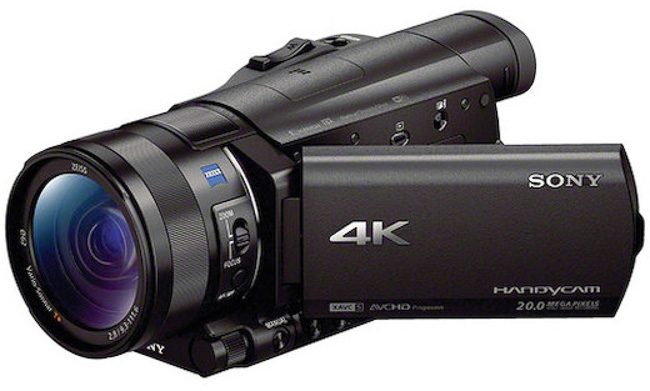
Top features
- Very easy to use with all of the things you need to be built into the camera including advanced features like ND filters.
- Great stereo audio microphones, plus audio inputs, plus audio outputs for headphone monitoring. This gives you a complete audio solution with lots of options.
- Long record times and long battery life. You also have the choice to use an AC power supply, plug into a wall, and not rely on batteries at all.
Cons
- It’s the bulkiest camera on this list even though it’s light years ahead of where we were 7 or 8 years ago regarding compactness.
- It’s pretty restrictive to being a video-only camera. Although it has a stills function, you’d be better off using the camera on your smartphone.
Best for
Stationary, long format vlogs such as educational talks. This camera would also be perfect for people interested in live streaming.
Hopefully, we’ve provided you with some tips on what to use for your next vlog. Whether it be to document an upcoming vacation or to do your daily vlogging around your hometown, these options provide great features for the new up-and-coming vlogger and the veteran filmmaker alike. Have a blogging technique or vlog you want to share? Feel free to do so in the comments below.
Author: Chase Reynolds
-
Wordpress Themes
-
SHARIF SID
-
Liaksiej Bandarenka
-
cpt kent
-
Carleton Foxx
-
mtnman1984
-
DrJon
-
cpt kent
